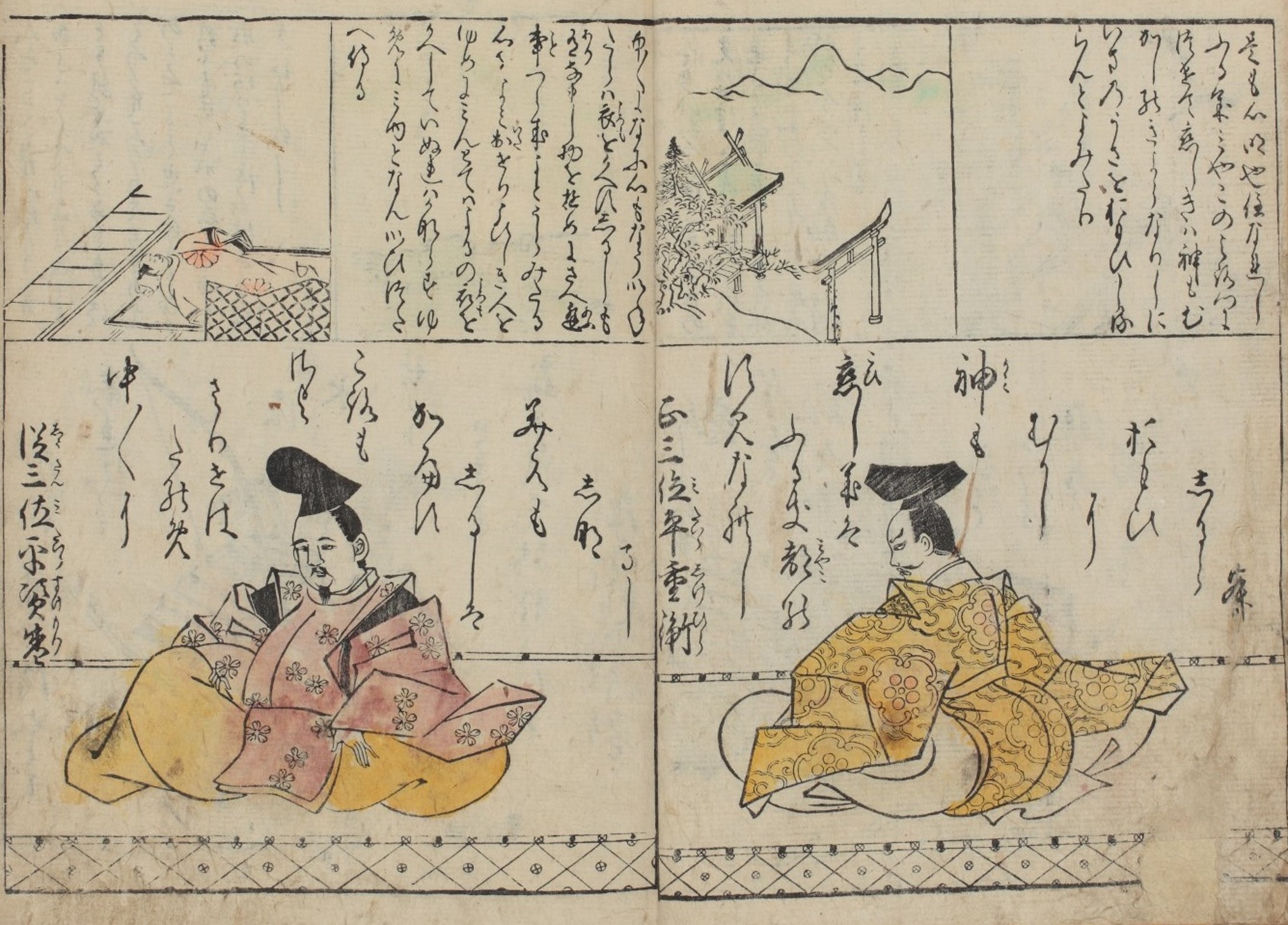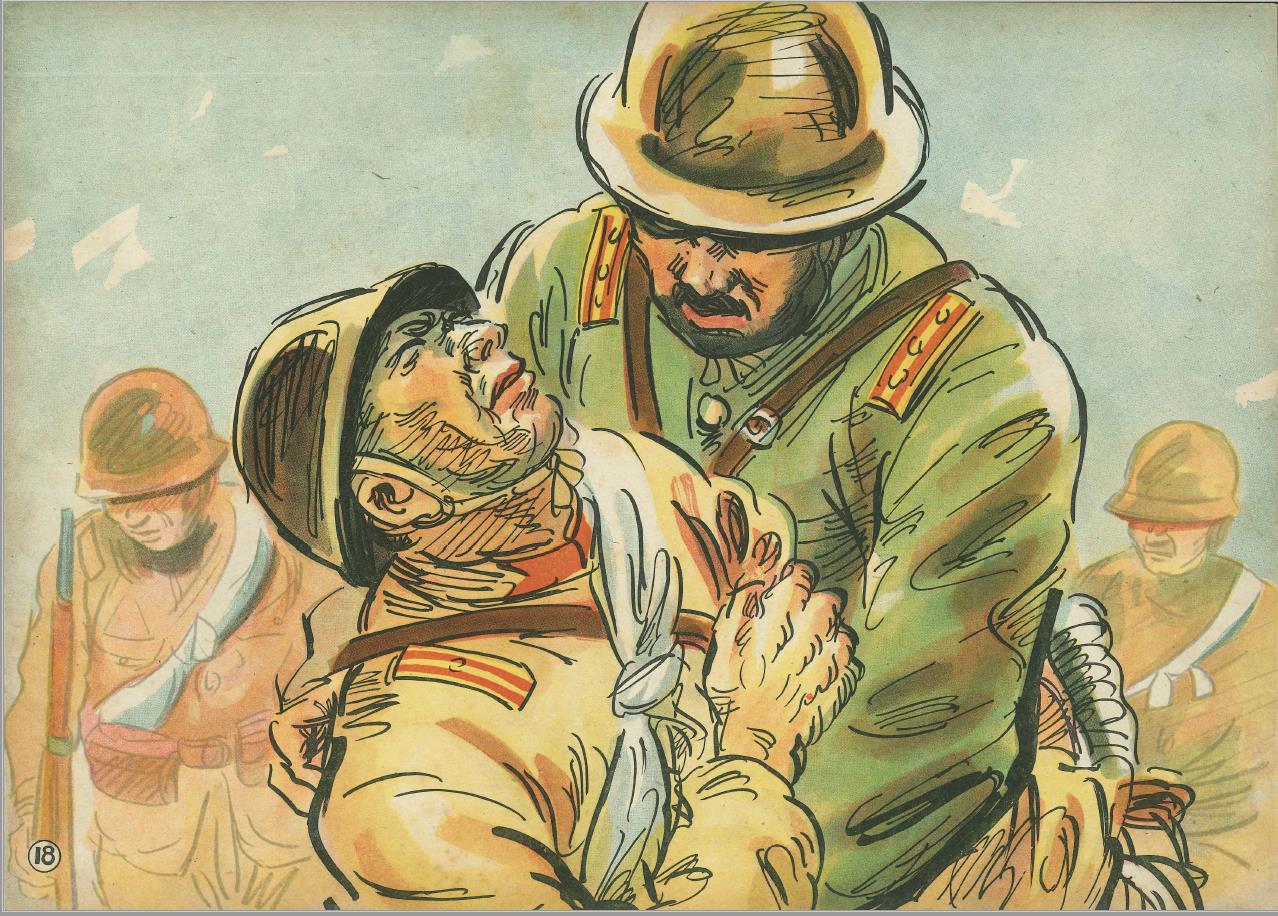Navigation auf uzh.ch
Navigation auf uzh.ch
The Zurich Lectures in East Asian Art History bring distinguished scholars in the field to the University of Zurich to deliver public lectures that explore current topics and research approaches in the study of art and visual culture of China, Japan, and Korea. Established with the goal of mapping innovative research in East Asian Art History, the Lectures aim to stimulate academic debate, expand the learning horizons of Zurich students, and foster a meaningful dialogue between academia and the broader public.
The lectures are hosted by the Chair in East Asian Art History at the University of Zurich. Established over five decades ago as the sole chair dedicated to the research and study of East Asian Art in Switzerland, and supported by the diverse collections and exhibitions of East Asian Art accessible locally, the Chair serves as an important knowledge hub for East Asian art history in Switzerland and beyond.
The Zurich Lectures in East Asian Art History continue the legacy of the Chair in East Asian Art History at the University of Zurich and honor the rich collections and history of the Swiss engagement with East Asian Art.
|
|
Embodied Poems and Samurai Love: Poems for Screen-Paintings
(Byōbu-e) and Imaginary Portraits (Kasen-e) Thursday, April 11, 2024, 18:15–20:00 |
Abstract: Premodern Japanese visual culture had a surprising number of genres that involved the embodiment of waka in human form. Byōbu-uta, or “screen poems,” were a very important genre in the development of what is known as the Kokinshū-style in the late 8th century and beyond. Here, poets would assume the persona or personae of human figures depicted on a folding screen and compose poems from their perspective. Some have argued that the practice of byōbu-uta contributed to the development of kyokō 虚構, or “fictionality,” and the literary court romance (monogatari), which we will explore in relation to illustrated scrolls (monogatari-e).
At the other end of the spectrum is the genre of kasen-e 歌仙絵, or imaginary portraits of exemplary poets. Again, groupings of notable poets start with the Kana Preface of the Kokinshū and the Six Poetic Immortals (Rokkasen). The Thirty-Six Poetic Immortals (Sanjūrokkasen) were selected by Fujiwara no Kintō around 1007-1009 and the poets were depicted in the Satake-bon Sanjūrokkasen emaki attributed to Fujiwara no Nobuzane (1177?-1266?). In the Edo period, this led to depictions of the One Hundred Poets of Fujiwara no Teika’s Hyakunin isshu. Here, however, the inclusion of depictions of the poets encouraged all the poems to be understood as in the voice of the poet him- or herself, despite the fact that a number of the included verses were on set topics, such as the “waiting woman” (matsu onna) where the male poet would compose in a feminine persona. In other words, unlike byōbu-e, kasen-e discouraged the idea of fictional personae. This presentation will explore the results of such understanding in printed illustrated editions of the original One Hundred Poets as well as the Warrior One Hundred Poets in the Edo period.

|
|
Ecce homo: the Japanese Male Body in Pain in WWII Visual Propaganda Thursday, April 11, 2024, 18:15–20:00 |
 Chûkon no uta dying in buddy's arms
Chûkon no uta dying in buddy's arms